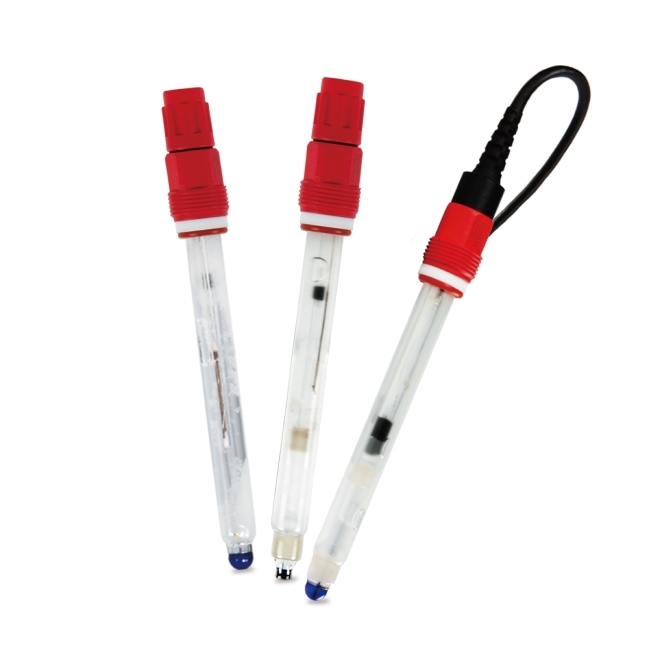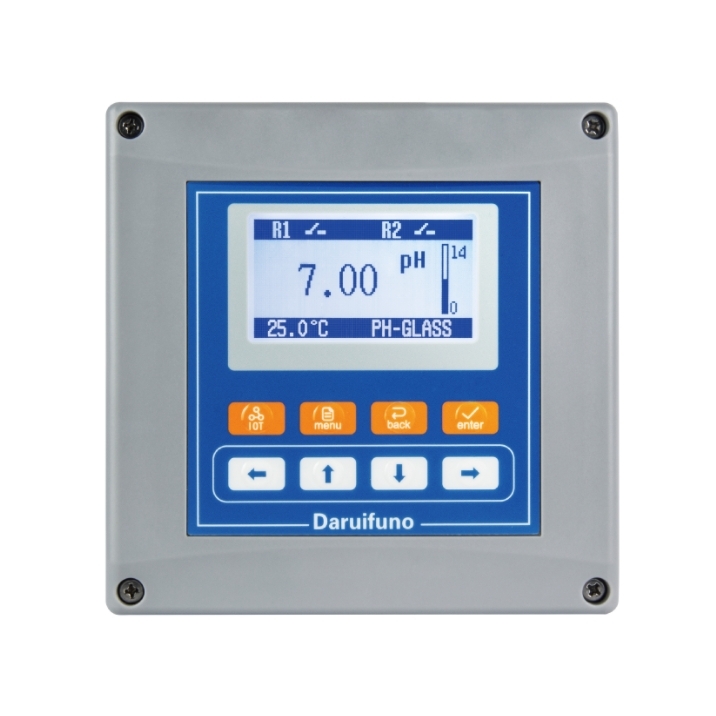Comprehensive building energy efficiency refers to the overall reduction of energy use throughout the entire lifecycle of a building. It involves using energy-efficient materials, products, and equipment during site selection, planning, design, construction, and operation. This includes adhering to strict energy-saving standards, managing energy-consuming systems effectively, and optimizing the thermal performance of the building structure. Improving the efficiency of heating, cooling, lighting, ventilation, water supply, drainage, and piping systems is essential. Additionally, integrating renewable energy sources helps reduce overall energy consumption while maintaining the building's functionality and ensuring a comfortable indoor environment.
Comprehensive building energy conservation is not just about technology—it’s a holistic approach that requires coordinated efforts from all stakeholders. Governments must lead by enacting legislation and setting clear policies for energy efficiency in the construction sector. Relevant departments should develop comprehensive energy-saving standards aligned with national energy strategies. Achieving this goal demands collaboration among designers, contractors, supervisors, property managers, developers, and end-users. Everyone must follow established energy-saving guidelines and regulations. Only through such collective action can we foster a culture of energy awareness and ensure that energy efficiency becomes a core principle in every building project.
Moreover, public education and awareness play a crucial role in promoting long-term sustainable practices. When individuals understand the benefits of energy-efficient buildings, they are more likely to support and adopt green technologies. As the demand for eco-friendly structures grows, so does the potential for innovation and cost savings. By embracing comprehensive energy conservation, we not only reduce environmental impact but also create healthier, more efficient living and working spaces for future generations.
Overview
The PH Measurement device is an essential tool for determining the acidity or alkalinity of a solution, consisting of a PH Electrode and a pH controller. It is widely used in water treatment, food processing, chemical laboratories, and environmental monitoring. Accurate pH measurement ensures water safety, optimizes industrial processes, and maintains biological health. Advanced pH monitoring devices provide real-time data, enabling users to make informed decisions.


What is pH? Why is pH Monitoring Important?
pH is a scale used to measure the acidity or alkalinity of a solution, ranging from 0 to 14. A pH of 7 is neutral, while values below 7 indicate acidity and values above 7 indicate alkalinity. Changes in pH levels can significantly impact chemical reactions, microbial growth, and water ecosystem balance. For example, in industrial water treatment, abnormal pH levels may cause corrosion or scaling, whereas in aquaculture, proper pH levels ensure the well-being of aquatic organisms. Therefore, pH measurement devices are crucial for maintaining water quality and process control.

Key Features of PH Measurement Devices
- High Accuracy: Advanced sensor technology ensures precise and reliable readings.
- Real-time Monitoring: Continuous online measurement for industrial control and laboratory analysis.
- Durability: Designed with chemical-resistant materials for various liquid environments.
- Multiple Measurement Modes: Available in handheld, benchtop, and inline models to meet different application needs.
- Smart Data Processing: Many devices support data storage, remote transmission, and automatic calibration for ease of use.
Applications of PH Measurement Devices
- Water Treatment: Used in drinking water, wastewater treatment, and industrial effluent monitoring to ensure compliance with environmental standards.
- Food & Beverage Industry: Controls acidity in brewing, dairy production, and food processing for quality assurance.
- Chemical Industry: Monitors pH variations in chemical reactions to enhance safety and efficiency.
- Agriculture & Aquaculture: Ensures optimal pH levels in irrigation water and fish farming for improved yields and survival rates.
- Scientific Laboratories: Used in biological, medical, and chemical research for pH analysis.
Conclusion
pH measurement devices play a crucial role in environmental monitoring, industrial production, and scientific research. Accurate pH measurement not only optimizes processes but also ensures product quality and ecological stability. Choosing the right pH monitoring device enhances measurement precision, improves efficiency, and reduces maintenance costs.
PH Measurement Device,pH Monitoring,PH Online Measurement
Suzhou Delfino Environmental Technology Co., Ltd. , https://www.daruifuno.com